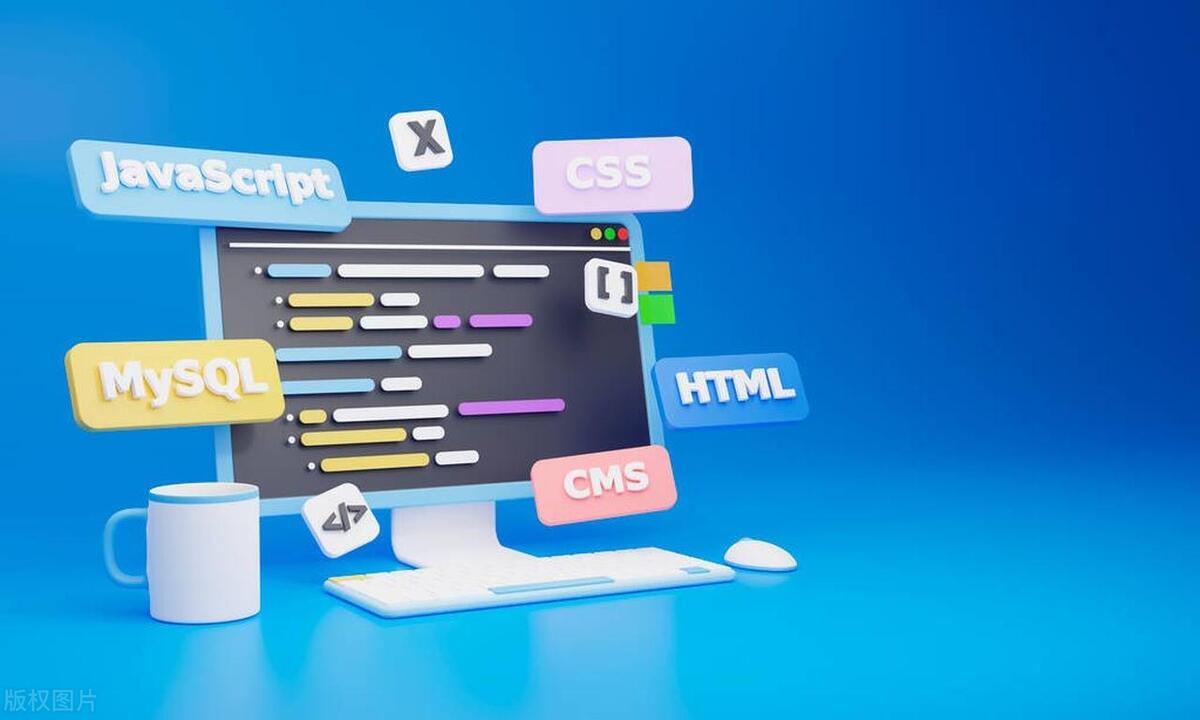Building Custom, Reusable Hooks in React
A good custom hook in React is a reusable function starting with "use" that encapsulates stateful logic for sharing across components; it should solve a common problem, be flexible through parameters like useFetch(url, options), return a consistent structure such as an array or object, handle side effects safely with cleanup in useEffect, support SSR by checking for browser globals, and remain UI-agnostic; examples include useLocalStorage for persisting data and useEventListener for managing event listeners; you should create a custom hook when logic is repeated, independent of JSX, manages state or side effects, and can be generalized, but avoid calling hooks conditionally, passing JSX, managing UI directly, or overcomplicating when a simple utility function suffices, as custom hooks aim to reuse behavior, not markup, making components cleaner and logic more maintainable.

Custom hooks in React are a powerful way to extract component logic into reusable functions. They let you share stateful logic—like data fetching, form handling, or subscriptions—across multiple components without duplicating code. Here’s how to build effective, reusable custom hooks.

What Makes a Good Custom Hook?
A custom hook is just a JavaScript function whose name starts with use (e.g., useForm, useFetch). It can call other hooks like useState, useEffect, useCallback, etc. The key is encapsulation: your hook should hide internal complexity and expose a clean, intuitive API.
A good custom hook:

- Solves a common problem
- Is composable and flexible
- Doesn’t tie itself to a specific UI
- Handles edge cases gracefully
- Returns values and functions that are easy to use
Example: Building useLocalStorage
Let’s create a hook that syncs state with localStorage. This is useful for persisting user preferences, form inputs, or UI state.
import { useState, useEffect } from 'react';
function useLocalStorage(key, initialValue) {
const [value, setValue] = useState(() => {
try {
const item = window.localStorage.getItem(key);
return item ? JSON.parse(item) : initialValue;
} catch (error) {
console.warn(`Error reading localStorage key "${key}":`, error);
return initialValue;
}
});
useEffect(() => {
try {
window.localStorage.setItem(key, JSON.stringify(value));
} catch (error) {
console.warn(`Error setting localStorage key "${key}":`, error);
}
}, [key, value]);
return [value, setValue];
}Why this works well:
- Encapsulates logic: No need to repeat localStorage checks in every component.
- Handles errors: Prevents crashes if localStorage is full or disabled.
- Works with any type: Accepts strings, numbers, objects, arrays via
JSON.parse/stringify. - Easy to use:
function DarkModeToggle() {
const [isDark, setIsDark] = useLocalStorage('darkMode', false);
return (
<button onClick={() => setIsDark(!isDark)}>
{isDark ? 'Light' : 'Dark'} Mode
</button>
);
}Tips for Writing Reusable Hooks
1. Accept parameters for flexibility
Let users customize behavior via arguments.

useFetch(url, options, shouldFetch) useForm(initialValues, onSubmit, validate)
This makes your hook adaptable to different use cases.
2. Return a consistent structure
Always return values in a predictable way—usually an array (like useState) or object.
Array return (good for named destructuring):
const [value, setValue, clear] = useInput('');Object return (better for many values):
const { data, loading, error, refetch } = useFetch(url);Choose based on how many things you’re returning.
3. Handle side effects safely
Use useEffect cleanup to avoid memory leaks.
Example: useEventListener
function useEventListener(eventName, handler, element = window) {
useEffect(() => {
const target = element.current || element;
target.addEventListener(eventName, handler);
return () => target.removeEventListener(eventName, handler);
}, [eventName, handler, element]);
}Cleanup ensures the event listener is removed when the component unmounts.
4. Support SSR (Server-Side Rendering)
Avoid referencing browser globals like window or localStorage during SSR.
Improved useLocalStorage check:
if (typeof window === 'undefined') return [initialValue, setValue];
Or use a check inside:
const canUseDOM = typeof window !== 'undefined';
When to Build a Custom Hook?
Ask yourself:
- Is this logic repeated in multiple components?
- Is it independent of specific JSX?
- Does it manage state or side effects?
- Can it be generalized?
If yes → make a custom hook.
Common patterns:
-
useMediaQuery(query)→ responsive logic -
useOutsideClick(ref, callback)→ detect clicks outside an element -
useDebounce(value, delay)→ delay state updates -
useScrollPosition()→ track scroll
Don’ts of Custom Hooks
- ❌ Don’t call hooks conditionally (follow the Rules of Hooks)
- ❌ Don’t pass children or JSX into hooks (they’re not components)
- ❌ Don’t manage UI directly—keep hooks UI-agnostic
- ❌ Don’t overcomplicate—sometimes a utility function is enough
Building custom hooks is about reusing behavior, not markup. When done right, they make your components cleaner, your logic more testable, and your app easier to maintain.
Basically: if you're copying and pasting useEffect or useState logic, it's probably time to make a custom hook.
The above is the detailed content of Building Custom, Reusable Hooks in React. For more information, please follow other related articles on the PHP Chinese website!

Hot AI Tools

Undress AI Tool
Undress images for free

Undresser.AI Undress
AI-powered app for creating realistic nude photos

AI Clothes Remover
Online AI tool for removing clothes from photos.

Clothoff.io
AI clothes remover

Video Face Swap
Swap faces in any video effortlessly with our completely free AI face swap tool!

Hot Article

Hot Tools

Notepad++7.3.1
Easy-to-use and free code editor

SublimeText3 Chinese version
Chinese version, very easy to use

Zend Studio 13.0.1
Powerful PHP integrated development environment

Dreamweaver CS6
Visual web development tools

SublimeText3 Mac version
God-level code editing software (SublimeText3)
 What is the purpose of the rel attribute in a link tag in HTML?
Aug 03, 2025 pm 04:50 PM
What is the purpose of the rel attribute in a link tag in HTML?
Aug 03, 2025 pm 04:50 PM
rel="stylesheet"linksCSSfilesforstylingthepage;2.rel="preload"hintstopreloadcriticalresourcesforperformance;3.rel="icon"setsthewebsite’sfavicon;4.rel="alternate"providesalternateversionslikeRSSorprint;5.rel=&qu
 Building Custom, Reusable Hooks in React
Aug 03, 2025 pm 04:51 PM
Building Custom, Reusable Hooks in React
Aug 03, 2025 pm 04:51 PM
AgoodcustomhookinReactisareusablefunctionstartingwith"use"thatencapsulatesstatefullogicforsharingacrosscomponents;itshouldsolveacommonproblem,beflexiblethroughparameterslikeuseFetch(url,options),returnaconsistentstructuresuchasanarrayorobje
 How to use del and ins tags in HTML
Aug 12, 2025 am 11:38 AM
How to use del and ins tags in HTML
Aug 12, 2025 am 11:38 AM
Thetagisusedtomarkdeletedtext,optionallywithdatetimeandciteattributestospecifywhenandwhythedeletionoccurred.2.Thetagindicatesinsertedcontent,alsosupportingdatetimeandciteforcontextabouttheaddition.3.Thesetagscanbecombinedtoshowdocumentrevisionsclearl
 How to use CSS gradients for backgrounds
Aug 17, 2025 am 08:39 AM
How to use CSS gradients for backgrounds
Aug 17, 2025 am 08:39 AM
CSSgradientsprovidesmoothcolortransitionswithoutimages.1.Lineargradientstransitioncolorsalongastraightlineusingdirectionsliketobottomorangleslike45deg,andsupportmultiplecolorstopsforcomplexeffects.2.Radialgradientsradiatefromacentralpointusingcircleo
 How to use CSS selectors effectively
Aug 11, 2025 am 11:12 AM
How to use CSS selectors effectively
Aug 11, 2025 am 11:12 AM
When using CSS selectors, low-specific selectors should be used first to avoid excessive limitations; 1. Understand the specificity level and use them reasonably in the order of type, class, and ID; 2. Use multi-purpose class names to improve reusability and maintainability; 3. Use attributes and pseudo-class selectors to avoid performance problems; 4. Keep the selector short and clear scope; 5. Use BEM and other naming specifications to improve structural clarity; 6. Avoid the abuse of tag selectors and:nth-child, and give priority to the use of tool classes or modular CSS to ensure that the style is controllable for a long time.
 How can you make an HTML element editable by the user?
Aug 11, 2025 pm 05:23 PM
How can you make an HTML element editable by the user?
Aug 11, 2025 pm 05:23 PM
Yes, you can make HTML elements editable by using the contenteditable attribute. The specific method is to add contenteditable="true" to the target element. For example, you can edit this text, and the user can directly click and modify the content. This attribute is suitable for block-level and in-line elements such as div, p, span, h1 to h6. The default value is "true" to be editable, "false" to be non-editable, and "inherit" to inherit the parent element settings. In order to improve accessibility, it is recommended to add tabindex="0&quo
 How to create a responsive testimonial slider with CSS
Aug 12, 2025 am 09:42 AM
How to create a responsive testimonial slider with CSS
Aug 12, 2025 am 09:42 AM
It is feasible to create a responsive automatic carousel slider with pure CSS, just combine HTML structure, Flexbox layout, and CSS animation. 2. First build a semantic HTML container containing multiple recommendation terms, each .item contains reference content and author information. 3. Use the parent container to set display:flex, width:300% (three slides) and apply overflow:hidden to achieve horizontal arrangement. 4. Use @keyframes to define a translateX transformation from 0% to -100%, and combine animation: scroll15slinearinfinite to achieve seamless automatic scrolling. 5. Add media
 How to use the address tag in HTML
Aug 15, 2025 am 06:24 AM
How to use the address tag in HTML
Aug 15, 2025 am 06:24 AM
Thetagisusedtodefinecontactinformationfortheauthororownerofadocumentorsection;1.Useitforemail,physicaladdress,phonenumber,orwebsiteURLwithinanarticleorbody;2.Placeitinsideforauthorcontactorinfordocument-widecontact;3.StyleitwithCSSasneeded,notingdefa







